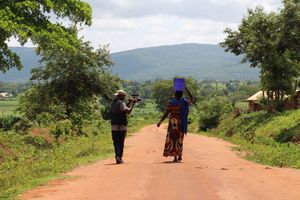Storytelling
Our storytelling practice uses stories to make dents in the world, and to describe the dents made by others. We tell accessible, engaging stories:
- As a lever for change across all the work Brink is involved in
- To describe what Brink is, and how it sees the world
Every story is different, and told in the way and using the medium that best tells it. We experiment with words, pictures, video, audio, online content, social media and print to find the right formats for the right audiences, in the right contexts.

Imagining a better future for the repair & reuse economy in Kenya

Changing the story on workplace wellbeing

Visualising the CovidAction response to Covid-19

Illustrating the top 10 frontier technologies for climate action

A podcast exploring how to use technology to solve big international development challenges
Stories can shift mindsets
Stories are good at influencing opinion, culture and behaviour. A story can help change how an organisation or group thinks and acts. Shifting mindsets is one of the main themes of Brink’s theory of behavioural innovation.
Stories simplify and bind things together
Not all stories have a beginning, middle and end. There isn’t always a hopeless damsel, a love triangle complication, or a happy ending. Stories also describe teams as they learn by making things, case studies, motivation and inspiration. Sometimes they’re reports. They help bring together purpose and proposition, mission and impact, insight and opportunity - in creative, memorable ways.
We make space for stories to be told
Our role goes beyond just telling stories. We're also here to create space for people (within Brink and beyond) to gather, consider, share and reflect about stories. The main characters in a story are the best people to tell it; our goal is to provide platforms that make storytelling easier, and to amplify the voices of those who have stories to tell.

